Home>Gardening & Outdoor>Plant Care & Gardening Tips>Where Is Saw Palmetto A Native Plant
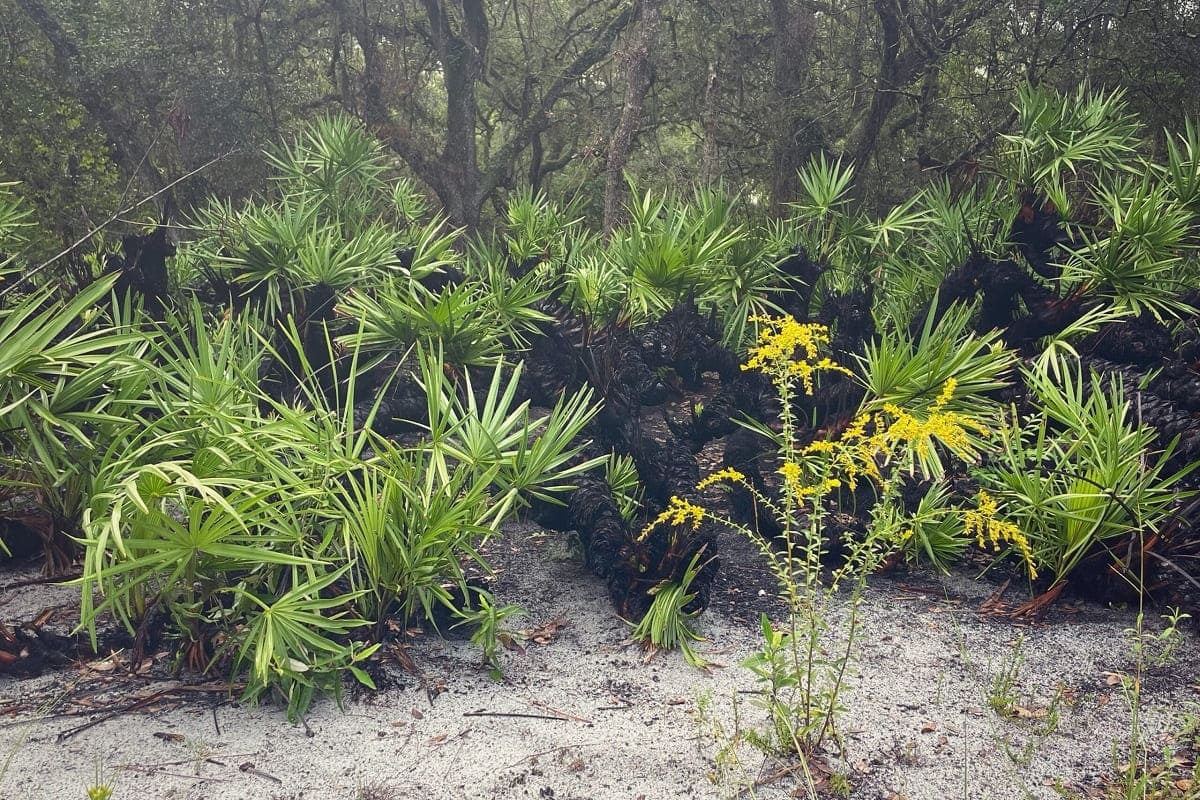

Plant Care & Gardening Tips
Where Is Saw Palmetto A Native Plant
Modified: January 4, 2024
Discover the origins of saw palmetto, a native plant, and learn about plant care and gardening tips. Explore the natural habitat and cultivation of this beneficial plant.
(Many of the links in this article redirect to a specific reviewed product. Your purchase of these products through affiliate links helps to generate commission for Storables.com, at no extra cost. Learn more)
**
Introduction
**
Welcome to the fascinating world of saw palmetto, a native plant with a rich history and remarkable attributes. As we delve into the intricate tapestry of nature, we will uncover the captivating story of this remarkable plant and explore its profound significance in native ecosystems. Join us on this enlightening journey as we unravel the mysteries and marvels of the saw palmetto, gaining a deeper understanding of its native range, distribution, and invaluable contributions to the environment and human well-being.
The saw palmetto, scientifically known as Serenoa repens, is a strikingly resilient and versatile palm species that has long been revered for its diverse array of uses and benefits. From its origins in the lush, biodiverse landscapes of North America to its widespread presence in modern herbal remedies, the saw palmetto has left an indelible mark on both the natural world and the realm of traditional medicine. With its unique characteristics and enduring legacy, this native plant continues to captivate the imagination of botanists, conservationists, and health enthusiasts alike.
Prepare to embark on a captivating exploration of the saw palmetto, as we uncover the secrets of its native range, the vital role it plays in the intricate web of native ecosystems, and the myriad ways in which it has enriched human lives for centuries. Through this journey, we aim to shed light on the profound interconnectedness of all living organisms, emphasizing the importance of preserving and honoring the natural heritage that sustains us. So, let's set forth on this enlightening odyssey and discover the wonders of the saw palmetto, a native plant that embodies the enduring harmony between humanity and the natural world.
**
Key Takeaways:
- Saw palmetto is a resilient plant native to the southeastern United States, thriving in diverse habitats and contributing to the well-being of wildlife through its berries and dense thickets.
- Beyond its ecological significance, saw palmetto has been revered for centuries in traditional medicine, offering potential benefits for prostate health, hormonal balance, and overall well-being.
Read more: Where Is The Snake Plant Native To
Description of Saw Palmetto
**
Standing as a testament to nature’s resilience and adaptability, the saw palmetto is a small, palm-like plant characterized by its fan-shaped leaves and dark, glossy berries. This hardy evergreen species belongs to the Arecaceae family and typically thrives in warm, subtropical climates, displaying a remarkable ability to flourish in a variety of soil types, from sandy coastal plains to well-drained uplands.
The saw palmetto’s distinctive fronds, which can reach lengths of up to 3 feet, fan out in a striking radial pattern, creating a visually arresting display that is synonymous with the plant’s unique charm. Its deep purple to black berries, which ripen in the late summer and fall, serve as a vital food source for numerous wildlife species, further underscoring the plant’s ecological significance.
One of the most notable features of the saw palmetto is its robust and extensive rhizome system, which allows it to form dense thickets and withstand harsh environmental conditions, including drought and fire. This remarkable resilience has earned the saw palmetto a well-deserved reputation as a keystone species, playing a pivotal role in shaping and sustaining the ecosystems in which it thrives.
Beyond its physical attributes, the saw palmetto holds a special place in the realm of traditional medicine and herbal remedies. For centuries, indigenous communities and herbalists have revered the plant for its medicinal properties, utilizing its berries and extracts to address an array of health concerns, particularly those related to prostate health and hormonal balance.
As we continue our exploration of the saw palmetto, we will unravel the intricate web of its native range, distribution, and the vital role it plays in native ecosystems, shedding light on its enduring legacy and the profound impact it has had on both the natural world and human well-being.
**
Native Range of Saw Palmetto
**
The saw palmetto, a resilient and iconic plant, is native to the southeastern United States, where it thrives in the warm, subtropical climates of Florida, Georgia, and other coastal regions. Its natural range extends across the Gulf and Atlantic coastal plains, encompassing a diverse array of habitats, from coastal dunes and pine flatwoods to hardwood hammocks and scrubby flatwoods.
Within this expansive native range, the saw palmetto demonstrates remarkable adaptability, thriving in a variety of soil types, including well-drained sandy soils and nutrient-poor, acidic substrates. Its ability to flourish in such diverse environments has contributed to its widespread presence in the region’s distinctive ecosystems, where it plays a crucial role in maintaining ecological balance and supporting a rich diversity of flora and fauna.
One of the defining characteristics of the saw palmetto’s native range is its association with fire-adapted ecosystems. In many habitats where the plant is found, periodic wildfires play a vital role in shaping the landscape and promoting the growth and regeneration of saw palmetto populations. This dynamic relationship underscores the plant’s resilience and its integral role in the intricate web of native ecosystems.
Furthermore, the saw palmetto’s native range intersects with a myriad of other plant and animal species, forming complex and interconnected ecological communities that rely on the plant for food, shelter, and habitat. From providing nesting sites for birds to offering sustenance for wildlife through its nutrient-rich berries, the saw palmetto stands as a cornerstone of these vibrant ecosystems, embodying the enduring harmony between native flora and fauna.
As we delve deeper into the native range of the saw palmetto, we gain a profound appreciation for the plant’s ecological significance and its role in shaping the distinctive landscapes of the southeastern United States. This exploration sets the stage for a deeper understanding of the plant’s distribution in North America and the vital contributions it makes to native ecosystems, underscoring the interconnectedness of all living organisms within these biodiverse habitats.
**
Saw palmetto is a native plant to the southeastern United States, particularly in Florida, Georgia, and South Carolina. Look for it in sandy coastal areas and pine forests.
Distribution in North America
**
Beyond its native range in the southeastern United States, the saw palmetto exhibits a notable presence in various regions across North America, where it continues to thrive in diverse habitats and contribute to the rich tapestry of native ecosystems. While its primary stronghold remains in the warm, subtropical climates of the southeastern states, the plant’s adaptability has facilitated its expansion into other areas, further enriching the natural landscapes of North America.
One of the key factors driving the saw palmetto’s distribution in North America is its remarkable ability to establish and proliferate in a range of environmental conditions. From the coastal plains of the Carolinas to the pine forests of Alabama and Mississippi, the plant’s resilience allows it to carve out niches in various habitats, playing a pivotal role in shaping the ecological dynamics of these regions.
Moreover, the saw palmetto’s distribution extends westward into the Gulf Coast states, where it thrives in the warm, humid climates of Louisiana and Texas. In these areas, the plant’s presence contributes to the intricate mosaic of coastal ecosystems, fostering biodiversity and providing critical resources for numerous wildlife species.
As the saw palmetto’s reach extends northward, it ventures into the southeastern corner of Arkansas, where it demonstrates its adaptability to the transitional landscapes between the southeastern coastal plains and the interior uplands. This expansion underscores the plant’s capacity to thrive in a range of soil types and environmental settings, further solidifying its status as a resilient and influential species in North American ecosystems.
Throughout its distribution in North America, the saw palmetto serves as a vital component of the region’s natural heritage, enriching the tapestry of native flora and contributing to the well-being of diverse wildlife populations. Its enduring presence underscores the plant’s significance in shaping the ecological dynamics of North America and highlights the interconnectedness of native ecosystems across the continent.
As we delve deeper into the plant’s distribution and its importance in native ecosystems, we gain a profound appreciation for the saw palmetto’s enduring legacy and its contributions to the ecological harmony of North America. This exploration sets the stage for a closer look at the plant’s vital role in preserving biodiversity and supporting the well-being of native flora and fauna, underscoring the intricate web of life that defines the continent’s natural landscapes.
**
Importance of Saw Palmetto in Native Ecosystems
**
The saw palmetto stands as a cornerstone of native ecosystems, playing a multifaceted and vital role in shaping the ecological dynamics of its habitats. As a keystone species in its native range and beyond, the plant exerts a profound influence on the intricate web of life, contributing to biodiversity, habitat stability, and the well-being of numerous wildlife species.
One of the key contributions of the saw palmetto to native ecosystems lies in its role as a habitat provider. The dense thickets formed by the plant’s extensive rhizome system offer shelter and nesting sites for a diverse array of wildlife, including birds, small mammals, and reptiles. These habitats provide crucial refuge and breeding grounds, supporting the survival and reproductive success of numerous species within the plant’s range.
Furthermore, the saw palmetto’s berries serve as a vital food source for wildlife, offering nutrient-rich sustenance to a wide range of animals, including songbirds, raccoons, and deer. The plant’s seasonal fruiting patterns contribute to the dietary diversity of native fauna, playing a crucial role in supporting healthy populations and ecological balance within its ecosystems.
Additionally, the saw palmetto’s resilience in the face of environmental challenges, such as drought and fire, contributes to the stability and regeneration of native habitats. The plant’s ability to withstand and recover from these natural disturbances enhances the overall resilience of its ecosystems, ensuring the continuity of essential ecological processes and the preservation of biodiversity.
Beyond its ecological contributions, the saw palmetto holds cultural and historical significance, serving as a symbol of the natural heritage of the southeastern United States and other regions where it thrives. Indigenous communities and conservationists alike recognize the plant’s enduring legacy and its integral role in sustaining the interconnected web of life within native ecosystems.
As we reflect on the importance of the saw palmetto in native ecosystems, we gain a deeper appreciation for the plant’s multifaceted contributions to biodiversity, habitat stability, and the well-being of native flora and fauna. This exploration sets the stage for a closer look at the plant’s uses and benefits, shedding light on its enduring influence on human well-being and the realm of traditional medicine.
**
Read more: Where Is Ice Plant Native To
Uses and Benefits of Saw Palmetto
**
Beyond its ecological significance, the saw palmetto holds a revered place in the realm of traditional medicine and herbal remedies, offering a wealth of uses and benefits that have captivated the interest of health enthusiasts and practitioners for centuries. The plant’s berries, extracts, and other preparations have been utilized to address an array of health concerns, particularly those related to prostate health, hormonal balance, and overall well-being.
One of the most well-known applications of saw palmetto is in the realm of prostate health. The plant’s extract has been extensively studied for its potential to support prostate function and alleviate symptoms associated with benign prostatic hyperplasia (BPH), a common condition affecting many men as they age. Its purported ability to promote urinary tract health and reduce inflammation has made it a popular natural remedy for prostate-related issues.
Moreover, saw palmetto has been recognized for its potential to support hormonal balance, particularly in relation to testosterone and dihydrotestosterone (DHT) levels. This has led to its widespread use as a natural supplement for men seeking to maintain hormonal equilibrium and promote overall well-being, with a particular focus on supporting reproductive and sexual health.
Aside from its applications in men’s health, saw palmetto has also garnered attention for its potential benefits for women. Some practitioners and herbalists advocate for its use in addressing conditions such as polycystic ovary syndrome (PCOS) and hormonal imbalances, highlighting its adaptogenic properties and potential to support hormonal harmony in women’s health.
Beyond its specific applications in prostate and hormonal health, saw palmetto is valued for its overall wellness benefits. Its rich array of nutrients, including fatty acids, phytosterols, and flavonoids, contribute to its potential as a general health tonic, supporting vitality and well-being in various aspects of human health.
As we delve into the uses and benefits of saw palmetto, we gain a deeper understanding of the plant’s profound influence on human well-being and its enduring legacy as a revered botanical remedy. This exploration underscores the remarkable versatility of the plant and its enduring relevance in the realm of traditional medicine, offering insights into its potential to enrich and support human health for generations to come.
Frequently Asked Questions about Where Is Saw Palmetto A Native Plant
Was this page helpful?
At Storables.com, we guarantee accurate and reliable information. Our content, validated by Expert Board Contributors, is crafted following stringent Editorial Policies. We're committed to providing you with well-researched, expert-backed insights for all your informational needs.
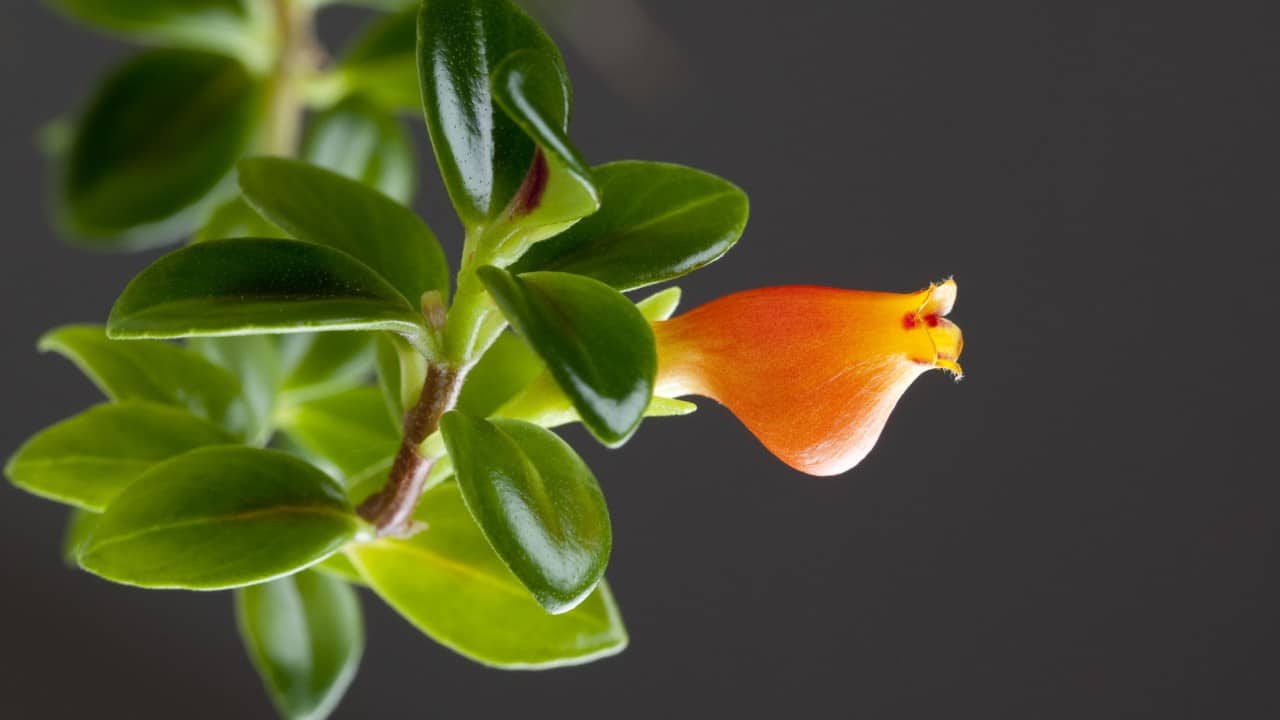
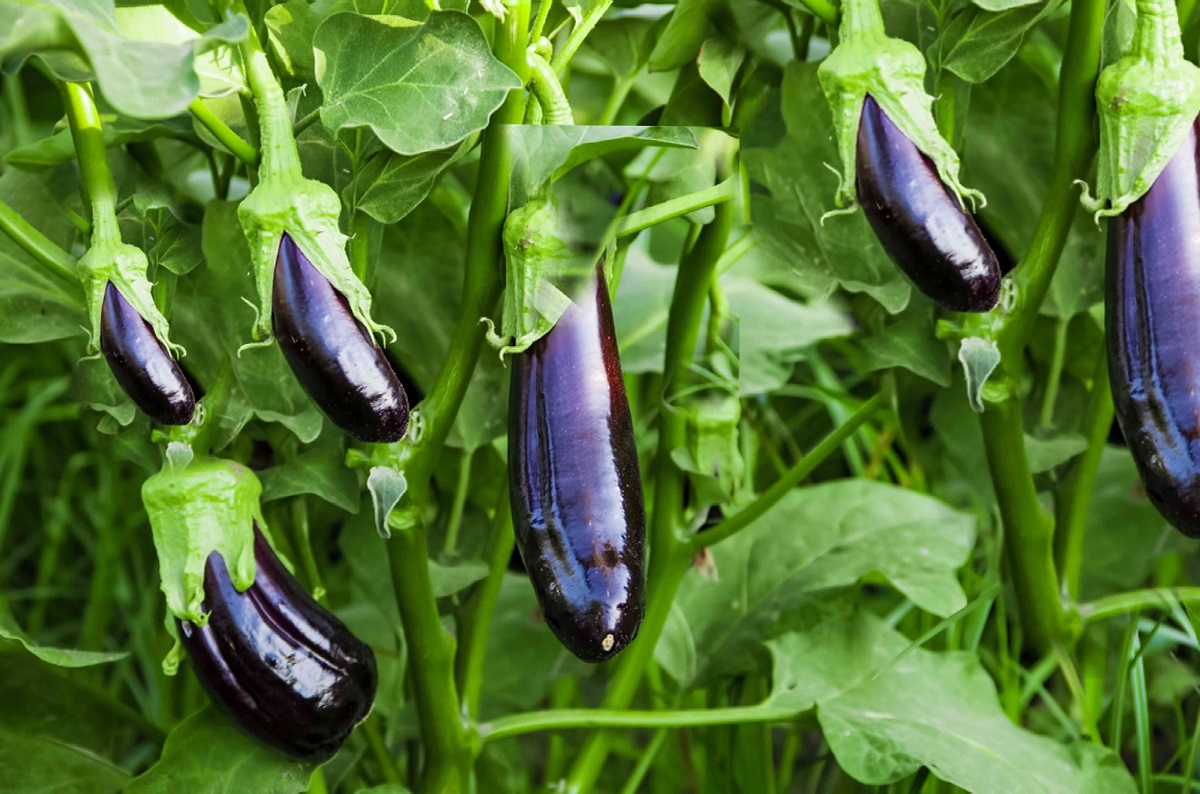
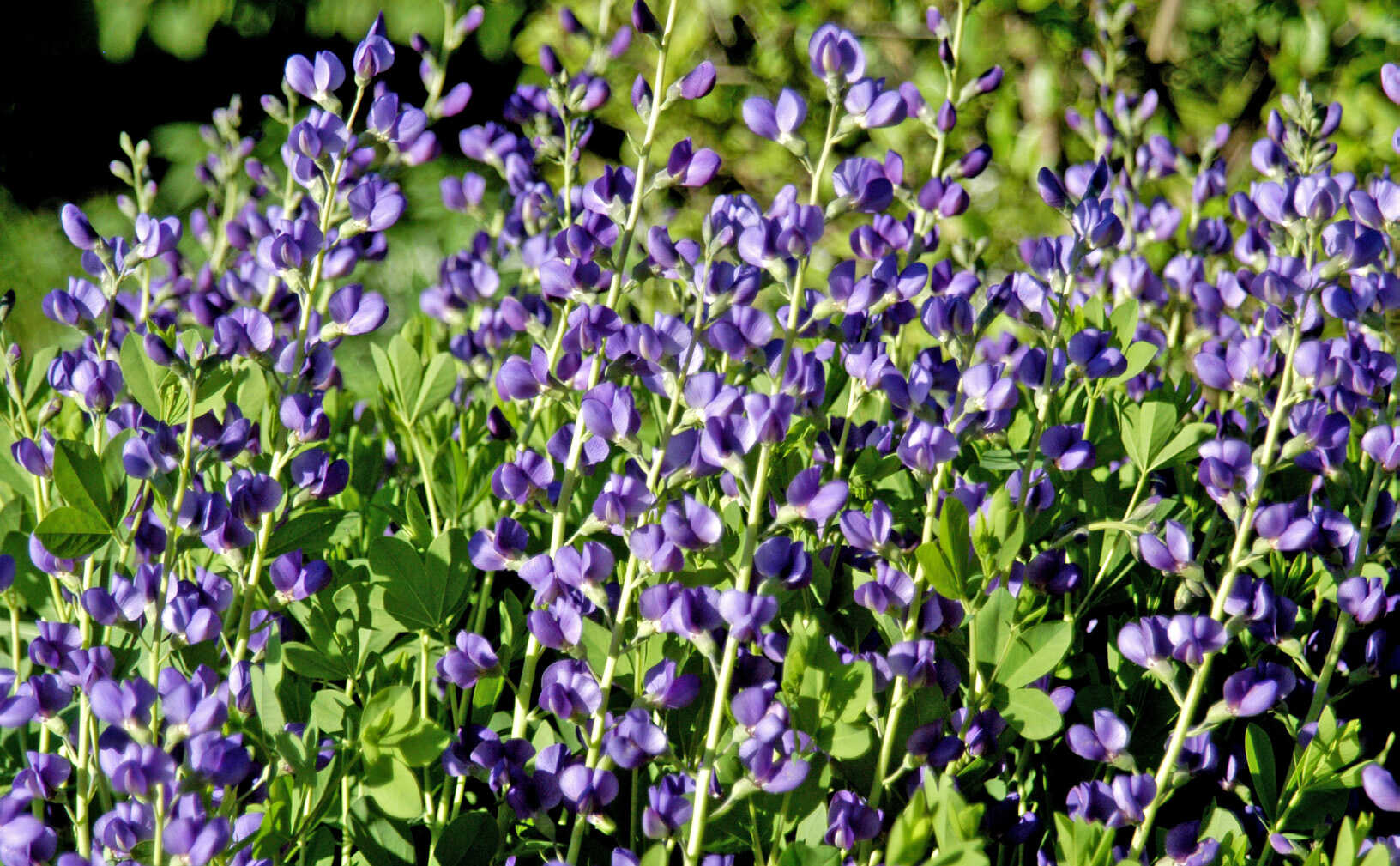
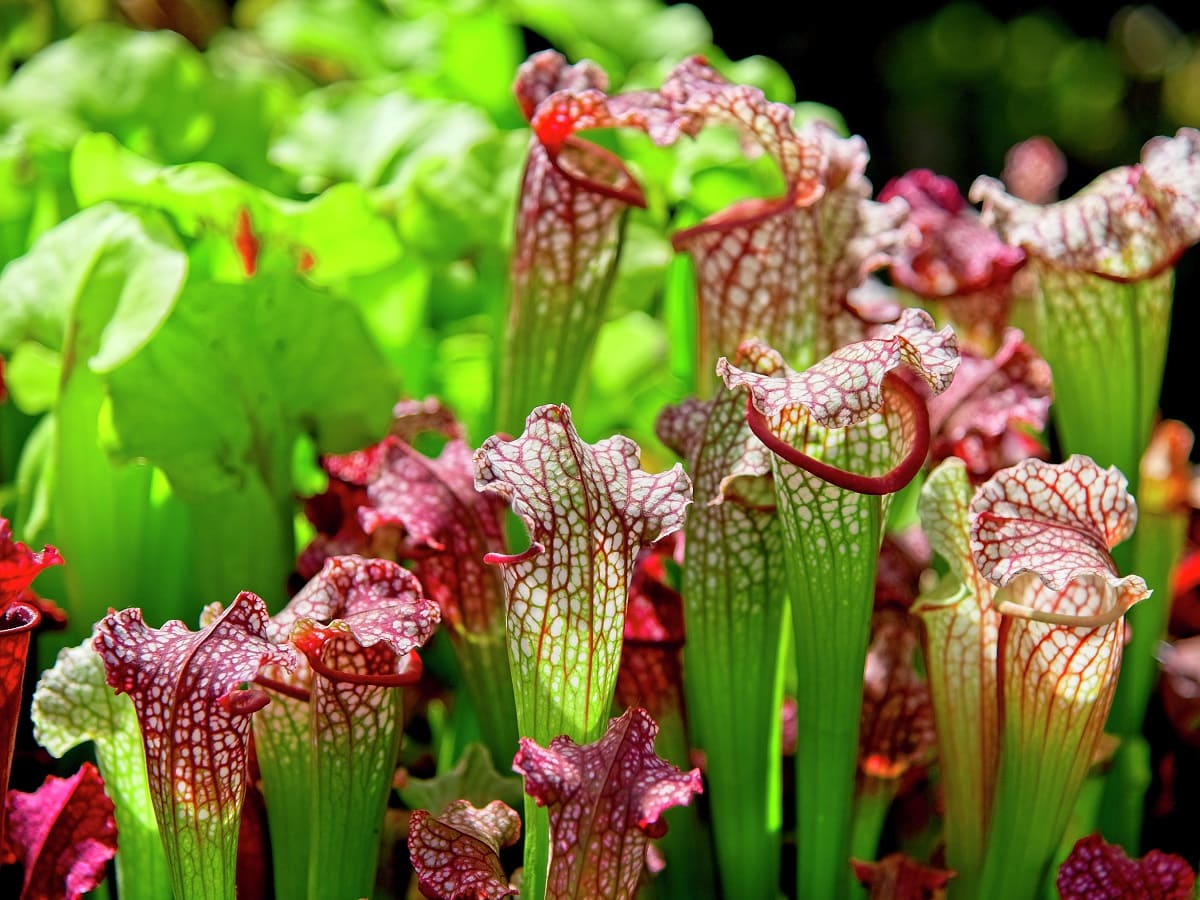
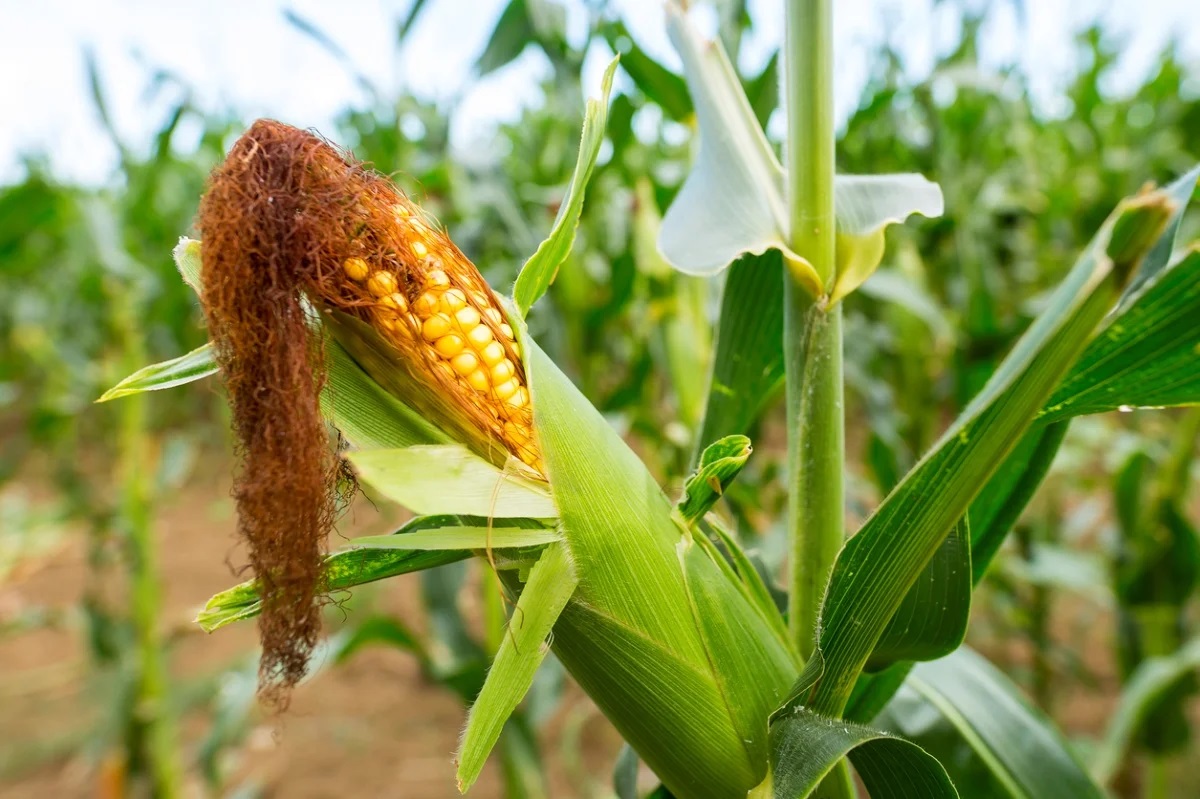
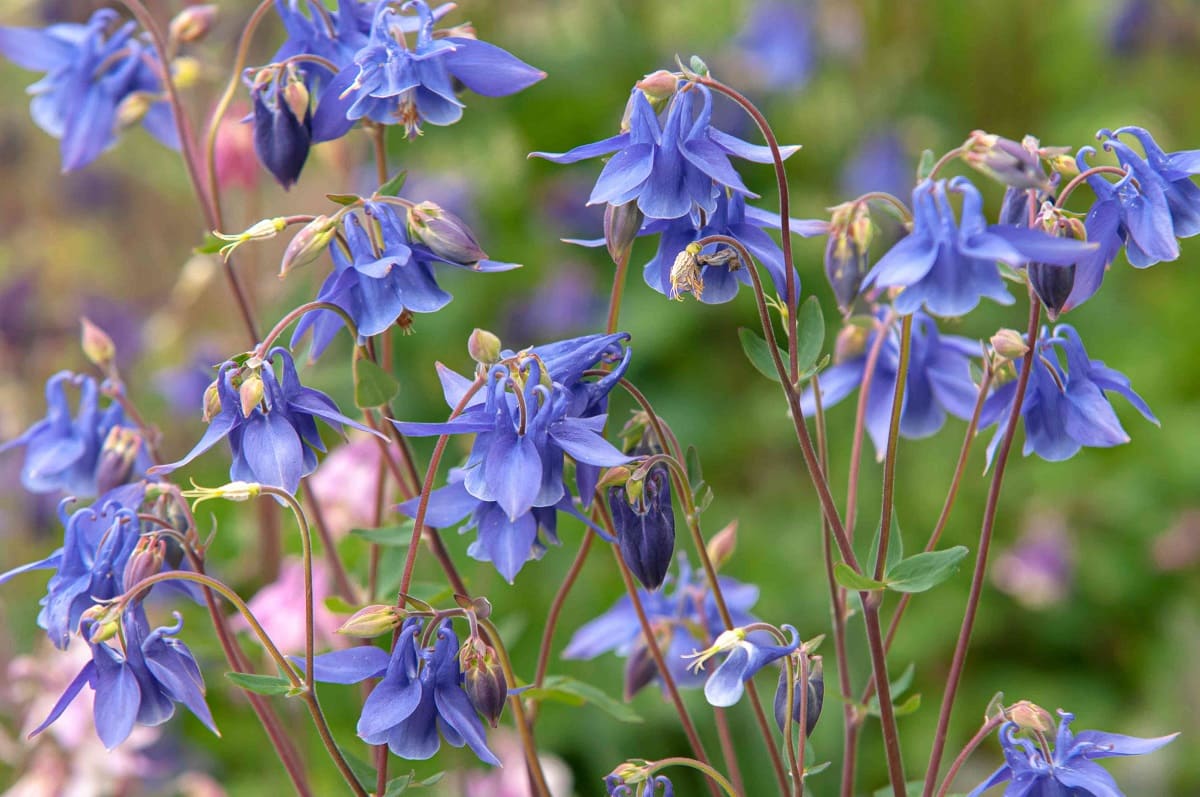
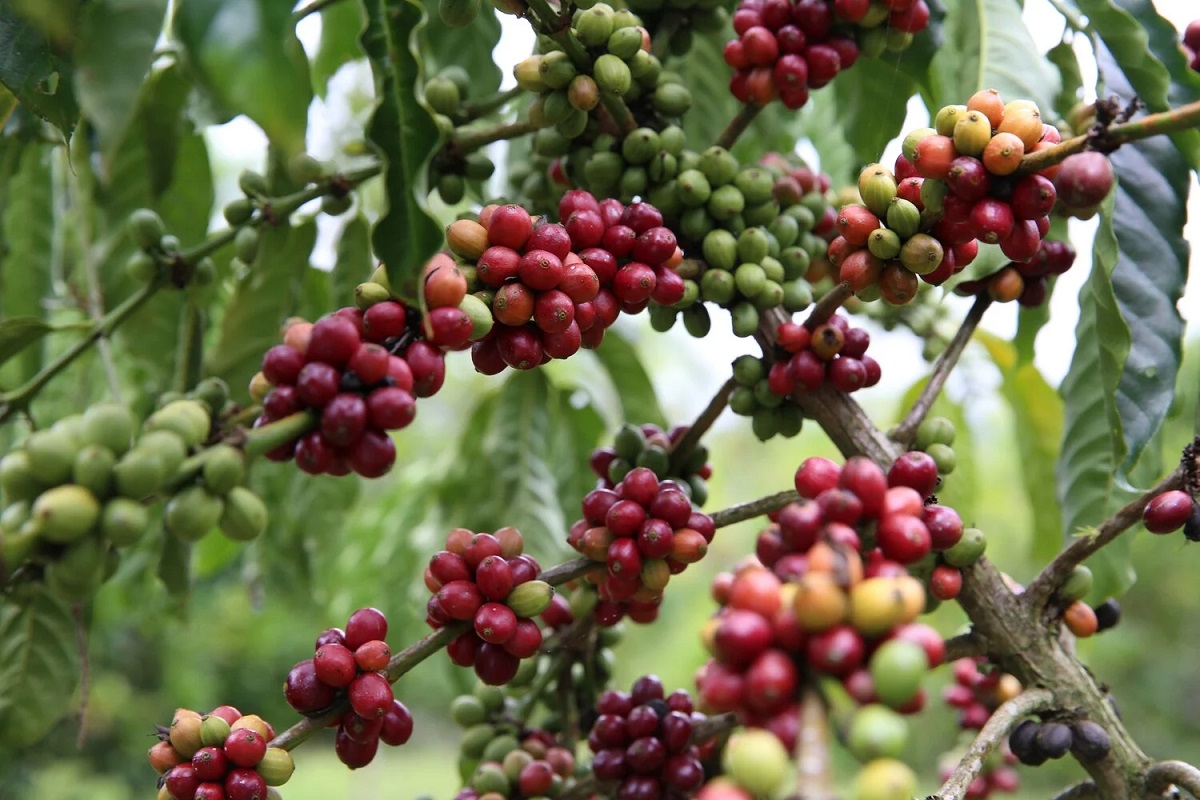
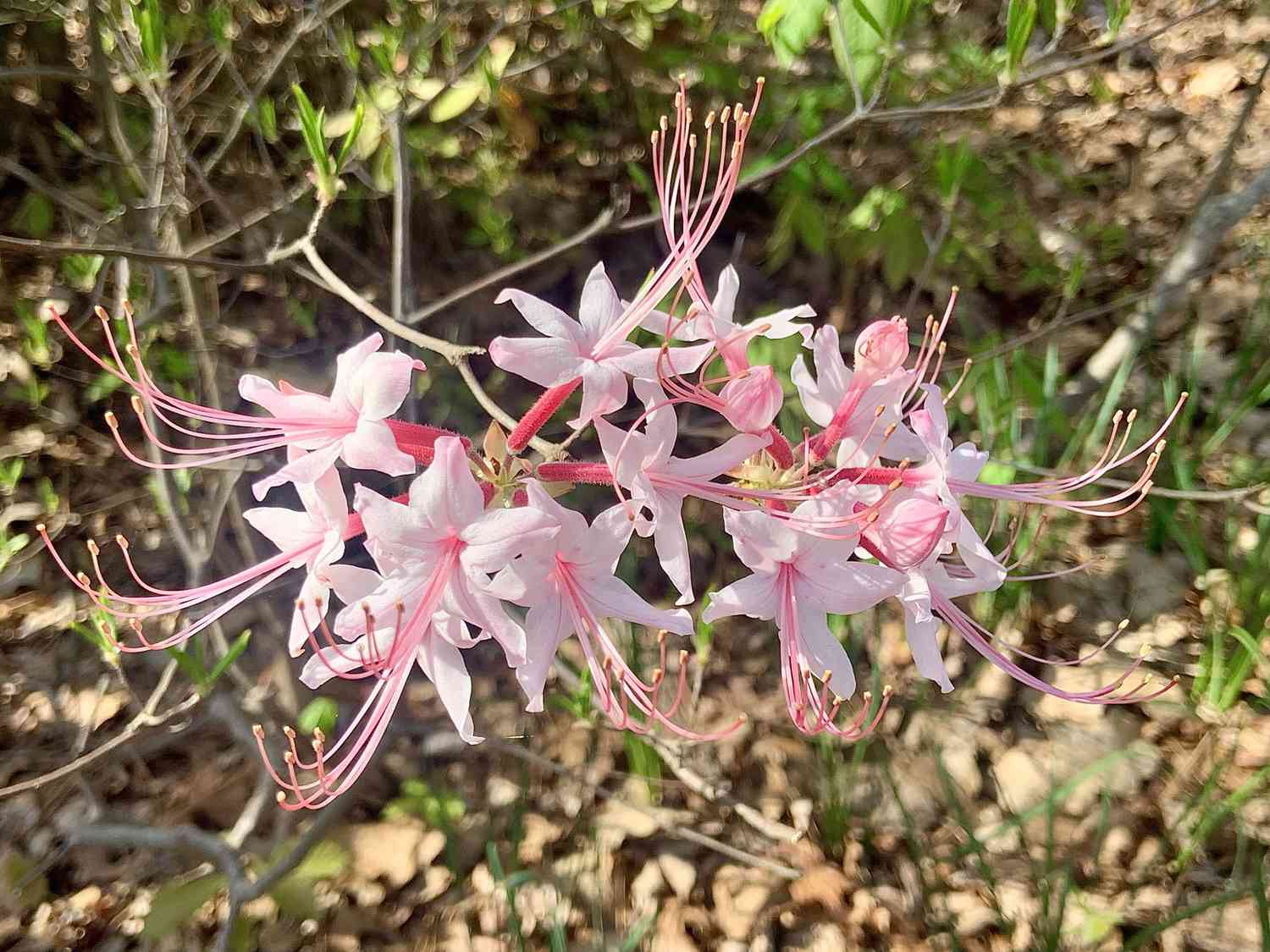


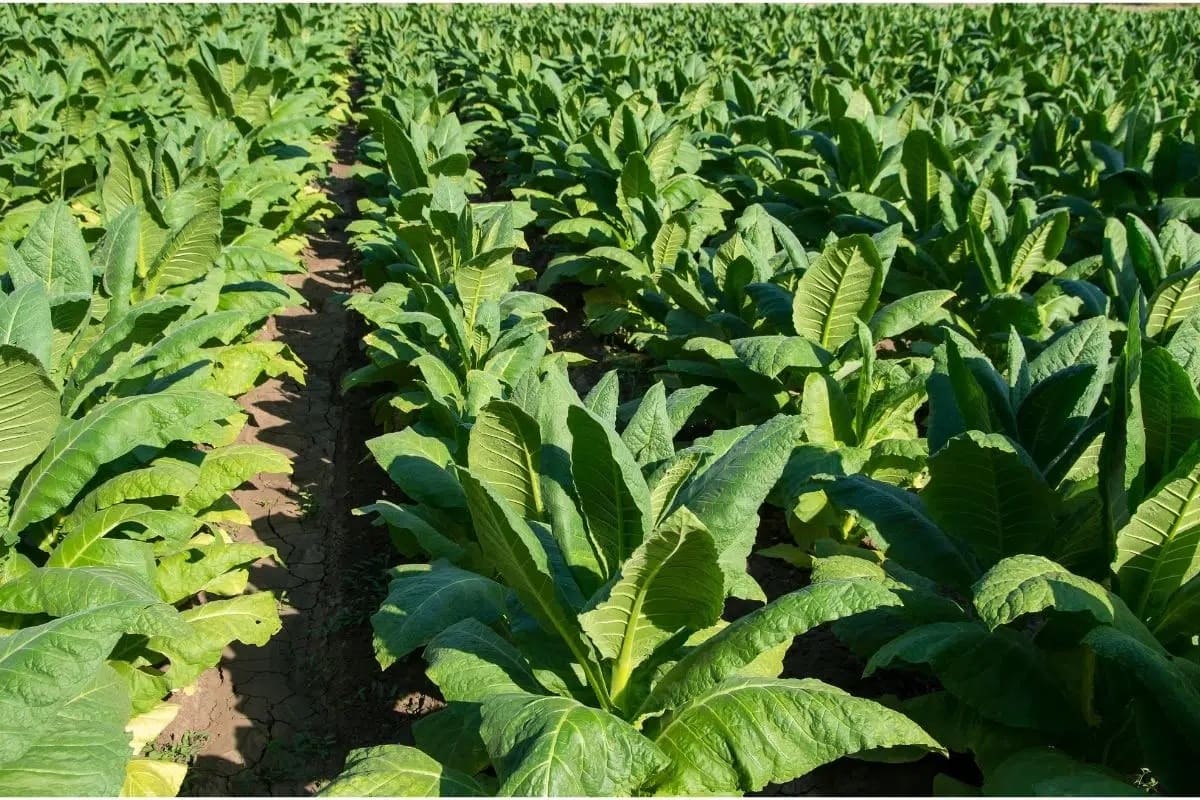
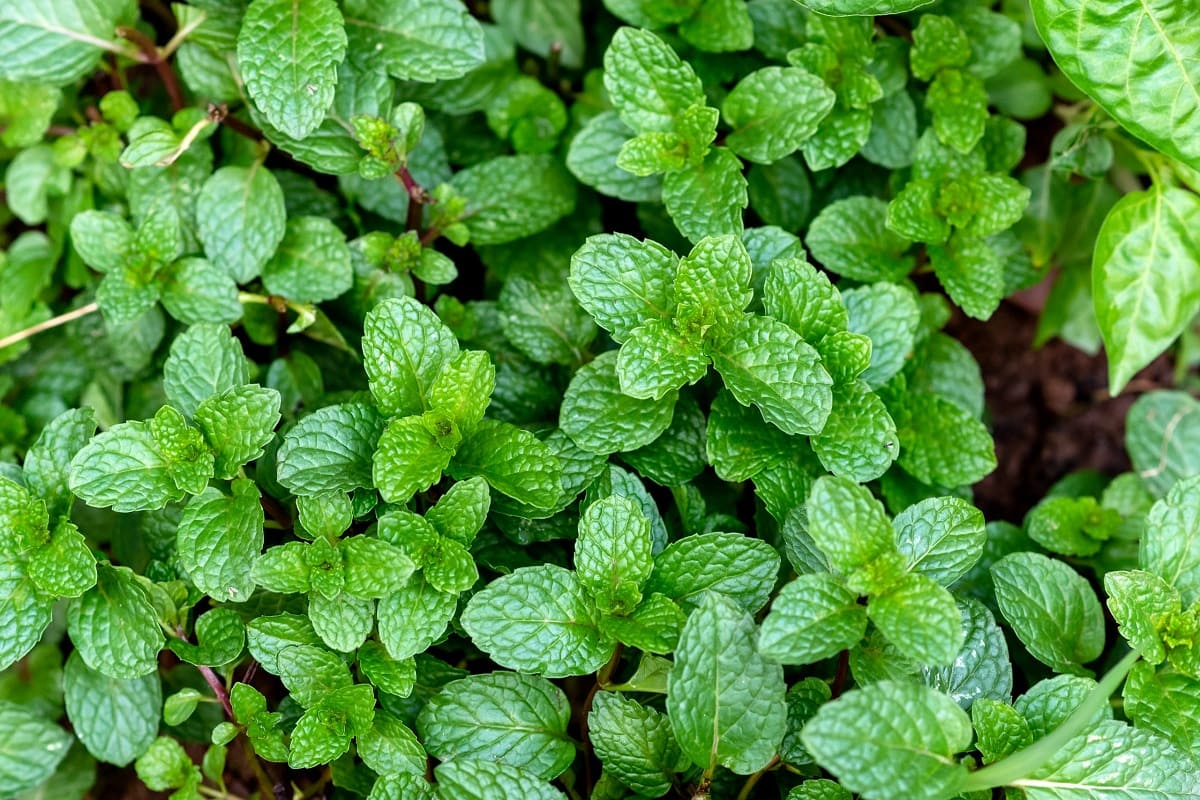
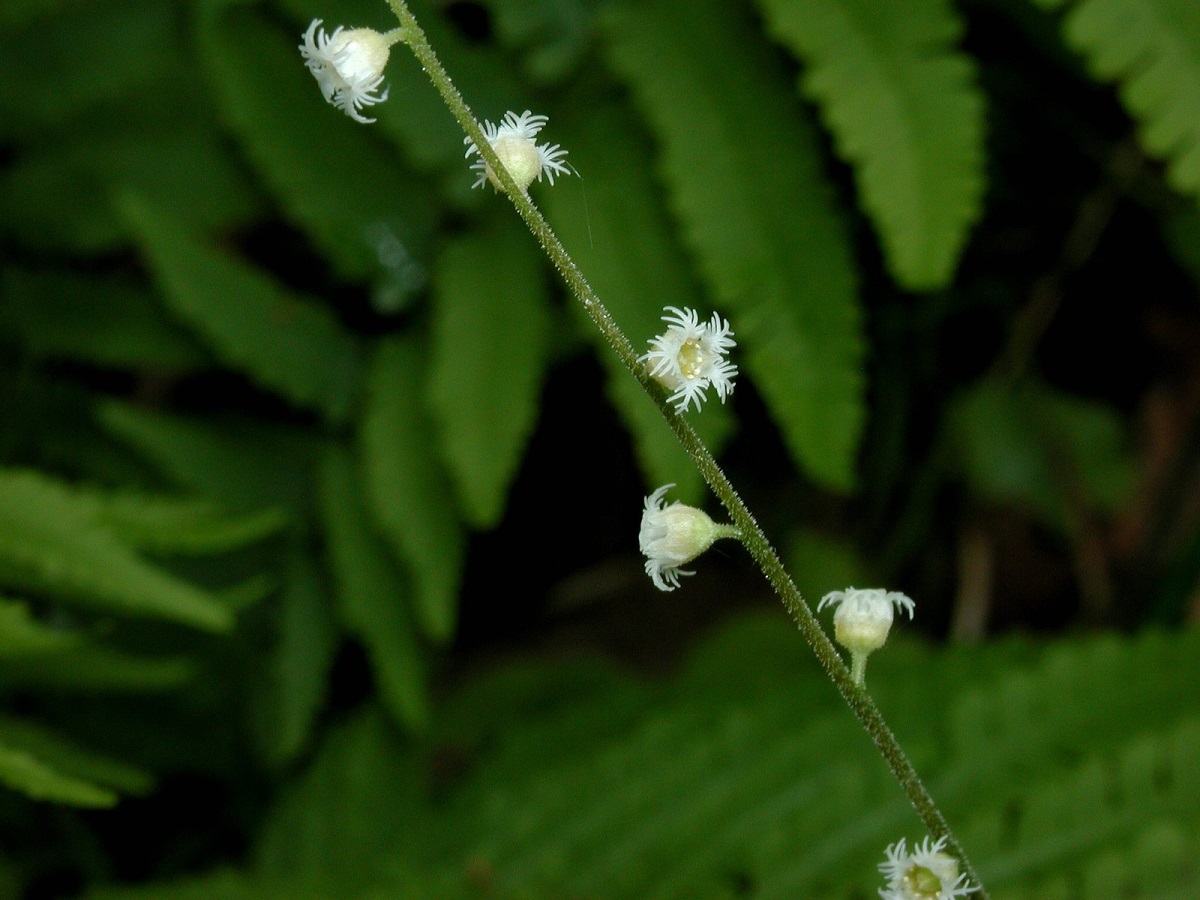
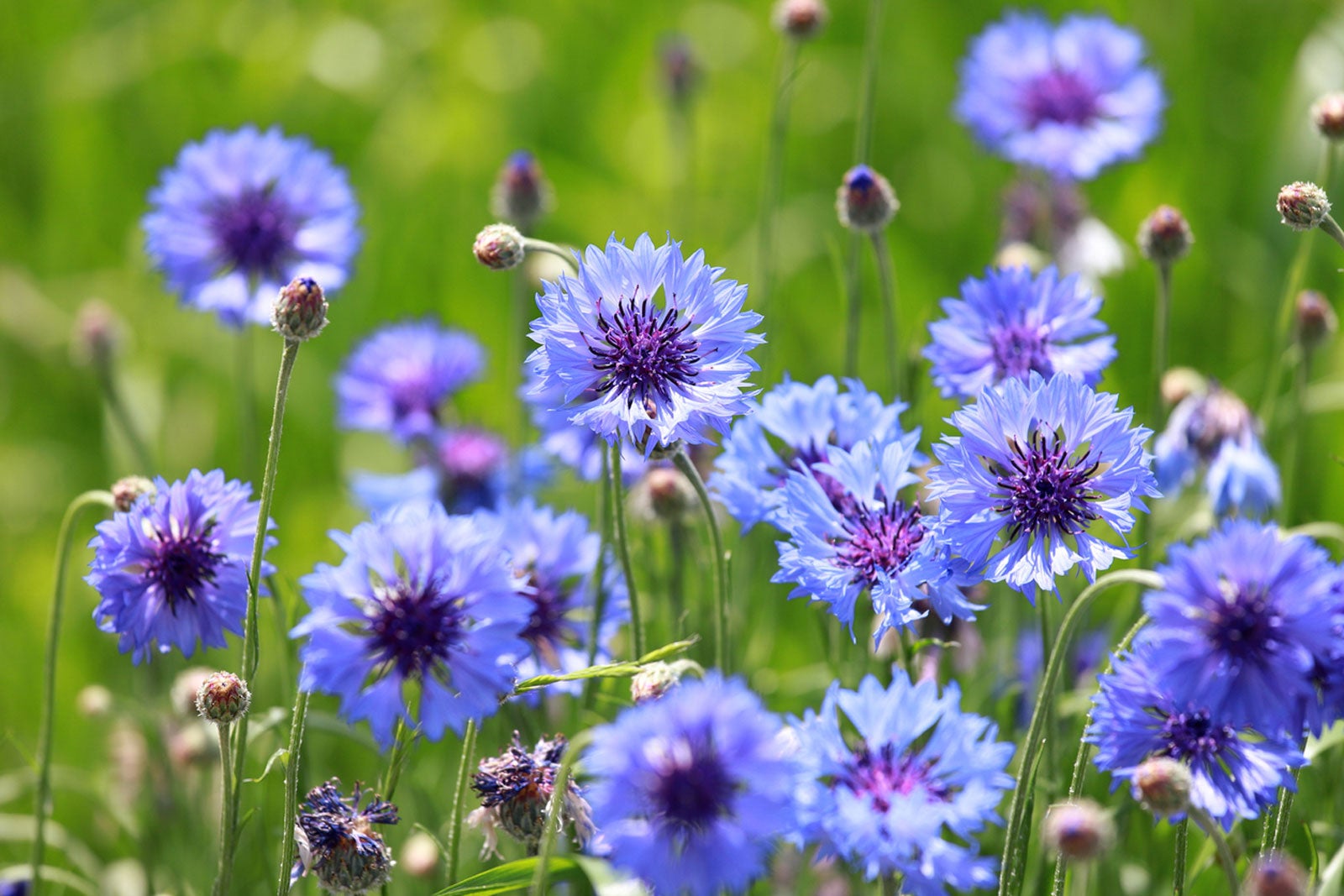

0 thoughts on “Where Is Saw Palmetto A Native Plant”